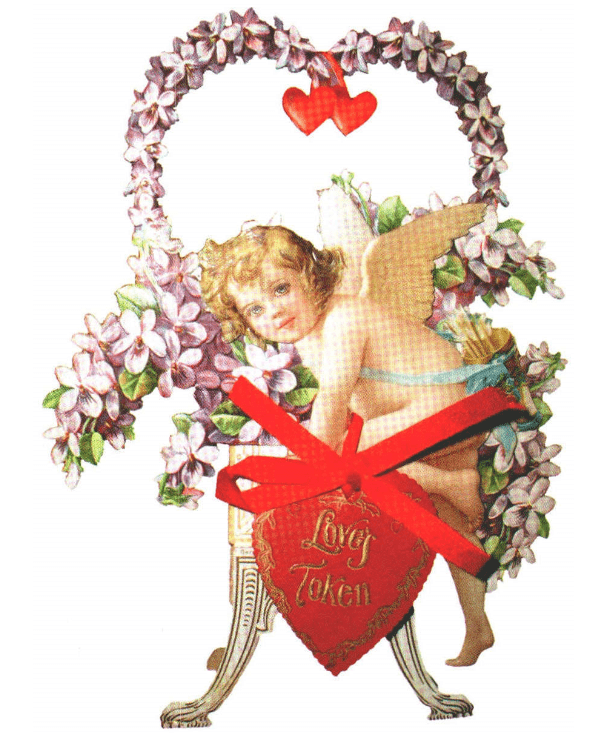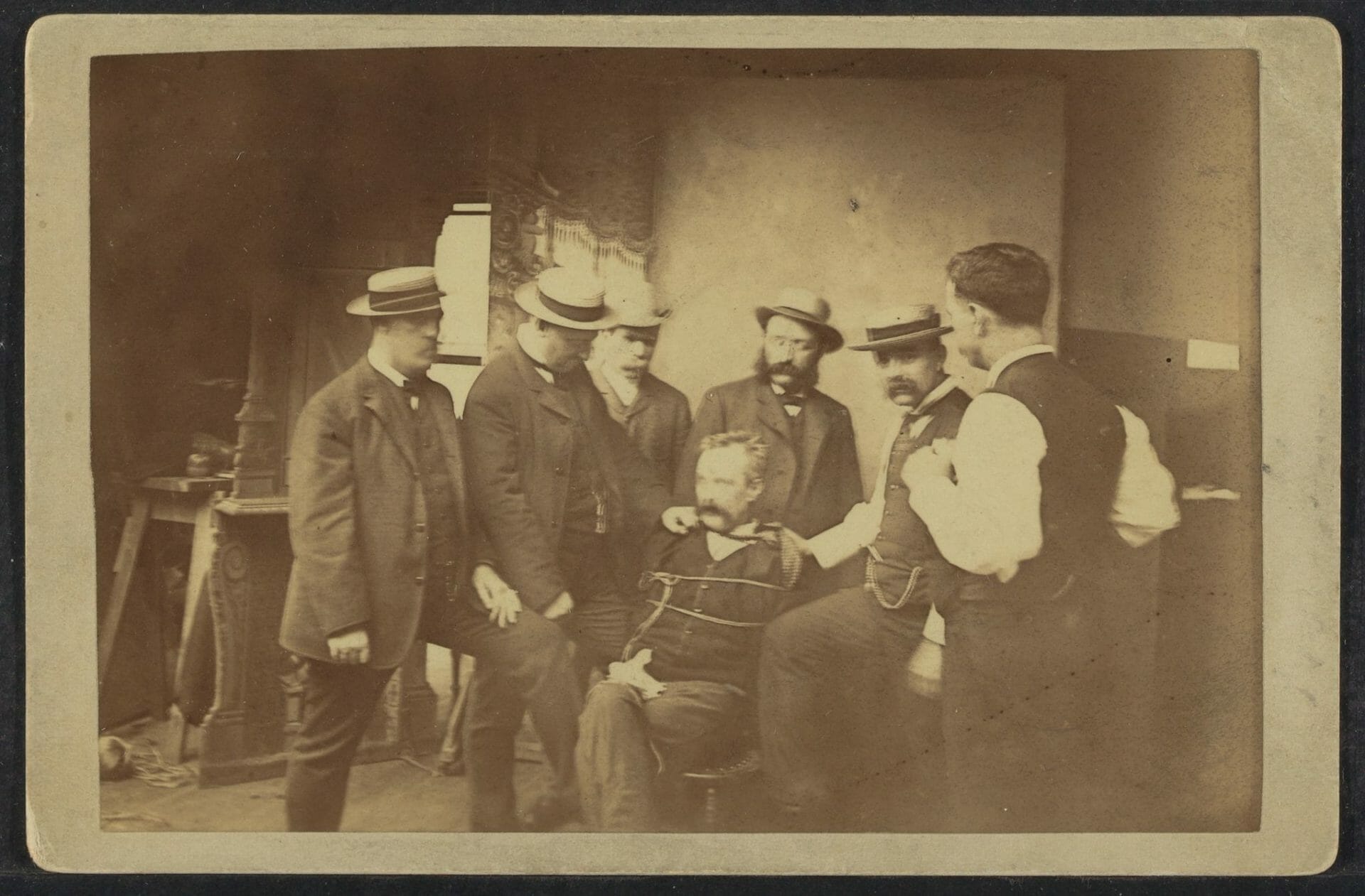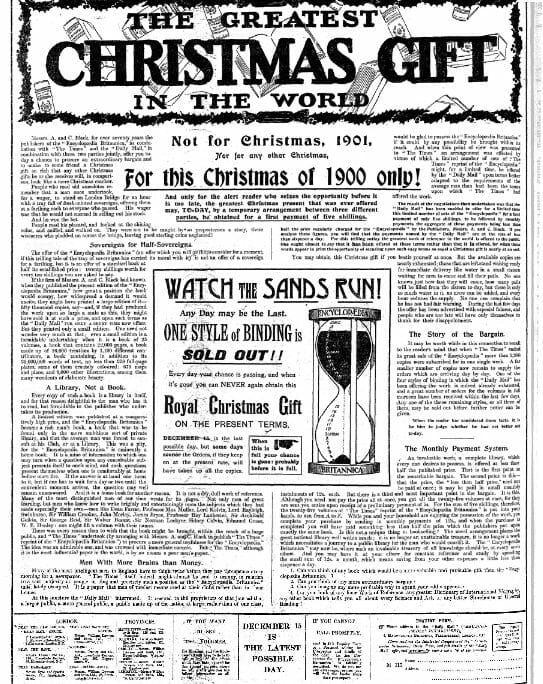Undoubtedly, many still appreciate and celebrate the deeply religious roots of Christmas, yet it has also become a commercialised event in many countries today. From mid-November, high-streets are packed with snowflake window stickers, festive deals and cheery Christmas music to entice shoppers into an economically indulgent mood. Yet, despite the general consensus and participation in commercialising Christmas, this is often assumed to be a new phenomenon, part of today’s world. ‘Born to Buy’, an article in Gale’s Academic OneFile, offers an example of such sentiments;
Read more





